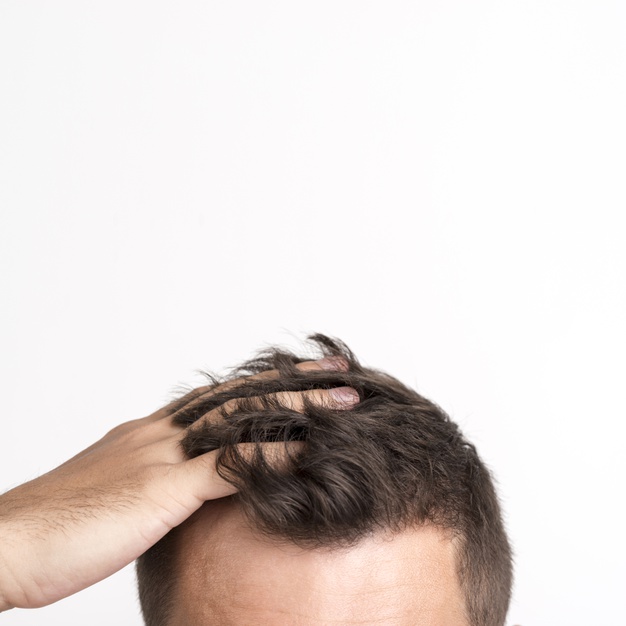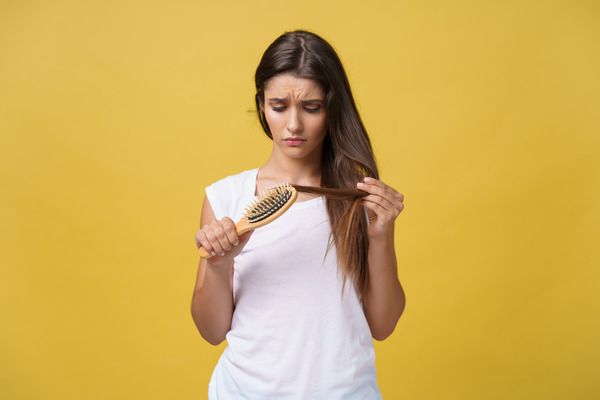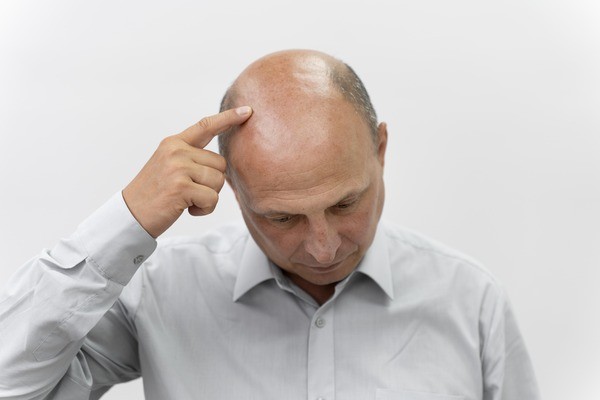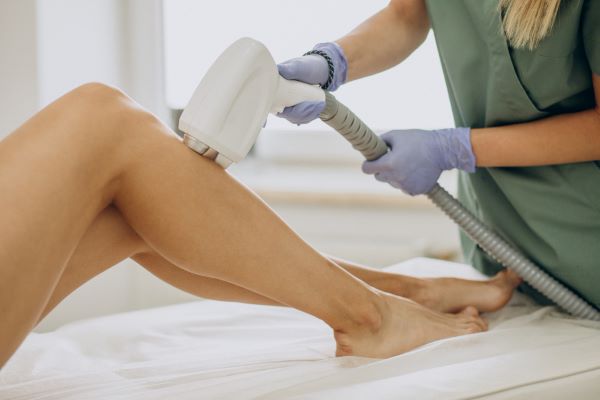OVERVIEW
Ageing comes with its own problems. One such problem is hair loss. One might also face hair loss because of some medical condition or scalp problems. About 60% of men and 50% women all over the world are victims of hair loss and hair thinning. In order to restore the lost hair, people resort to a hair transplant. Hair transplant is a procedure wherein hair from thicker parts of the scalp are taken and grafted to the balding sections of the scalp. This procedure was first done in the USA and is now being performed all over the world. Do Hair Transplants Really Work? The techniques, however, has evolved with time. Even though hair transplant looks like a miraculous solution for hair balding, it might come with a cost. In this article, we will analyse whether hair transplants really work by looking at its success rates and its possible side effects.
DO HAIR TRANSPLANTS REALLY WORK?
In simple terms, a hair transplant takes hair from the denser parts of your scalp (called the donor area) and puts it in areas which are facing hair loss. Hair is typically taken from the back of the head and in some cases, it is also taken from other parts of the body. The surgeon numbs the area from where the hair will be removed by giving anaesthesia. He then performs any of the two transplant methods:
Follicular Unit Transplantation (FUT): In this method, a strip of the scalp is cut from the donor area and is split into smaller fragments. These fragments or grafts are then inserted into the desired area. This method is suitable for patients who suffer from large area baldness and who do not mind cuts, stitches and a long recovery period.
Follicular Unit Extraction (FUE): In this method, individual follicles are extracted from the donor area and inserted into the desired area. As compared to FUT, FUE is a laborious process. This method is suitable for patients who suffer from small area baldness and who cannot afford cuts, stitches and long recovery time.
The surgery may take several hours or several days to complete. The surgeon removes the bandages after the surgery and injects
triamcinolone in case there is swelling in the transplanted area. He may also prescribe pain medications, anti-inflammatories or hair growth stimulators.
SUCCESS RATES
The success of hair transplant surgery depends on various factors like the skill and expertise of the surgeon performing the surgery and the quality and thickness of the patient’s donor hair. Hair transplantation is an effective way of hair restoration and it can provide a modest change in hair fullness. For better and faster results, people opt for tissue expansion, scalp reduction technique or skin flap surgery.
Even though not many large studies talk about the success rates of hair transplantation, there are some small articles and studies which provide information about the effectiveness of hair transplant. In a study titled ‘Body Hair Transplant by Follicular Unit Extraction: My Experience With 122 Patients’ it was found that majority of the people who underwent FUE surgery were satisfied with the result with an average follow up of 2.9 years and the mean overall score of satisfaction of 8.3 out of 10. In another study titled, ‘Outcome of Intra-operative Injected Platelet-rich Plasma Therapy During Follicular Unit Extraction Hair Transplant: A Prospective
Randomised Study in Forty Patients’, it was found that patients who underwent Platelet-rich Plasma (PRP) Therapy along with FUE surgery witnessed more than 75% of hair growth after 6 months.
However, in some cases, people may start experiencing hair fall and hair thinning shortly after the surgery which can give the hair an unnatural look. This happens because in such cases the transplanted follicles die and do not grow back. Such patients may have to go for follow-up transplants or ‘touch up’ procedures for lasting results. This suggests that hair transplant cannot be a permanent solution for people experiencing hair loss and hair thinning.
SIDE EFFECTS
Even though most hair transplant surgeries are safe, there have been cases where some side effects show up. The potential side effects include:
- Scars
- Infection
- Inflammation
- Bleeding
- Pain and swelling
- Irritated and itchy scalp
- Pus drainage around the transplanted area
- Loss of sensation around the transplanted area
KAAYAKALP
The
Kaaykalp cosmetic or aesthetic surgery is a growing surgical branch which helps millions of people worldwide. Taking charge of your life, transforming yourself in the hour of need is what we offer at Kaayakalp. The well-known plastic surgery centre at Kolkata offers services all performed by well trained and qualified medical professionals. The expertise, experience and professionalism of the team make the centre the premier destination for all cosmetic surgery procedures. The centre offers valuable consultation with appropriate guidance to the individual’s procedural requirements while strictly maintaining their confidentiality.
Kaayakalp also customizes the treatments according to the individual’s needs, combining different therapies to give a final beautiful makeover.









